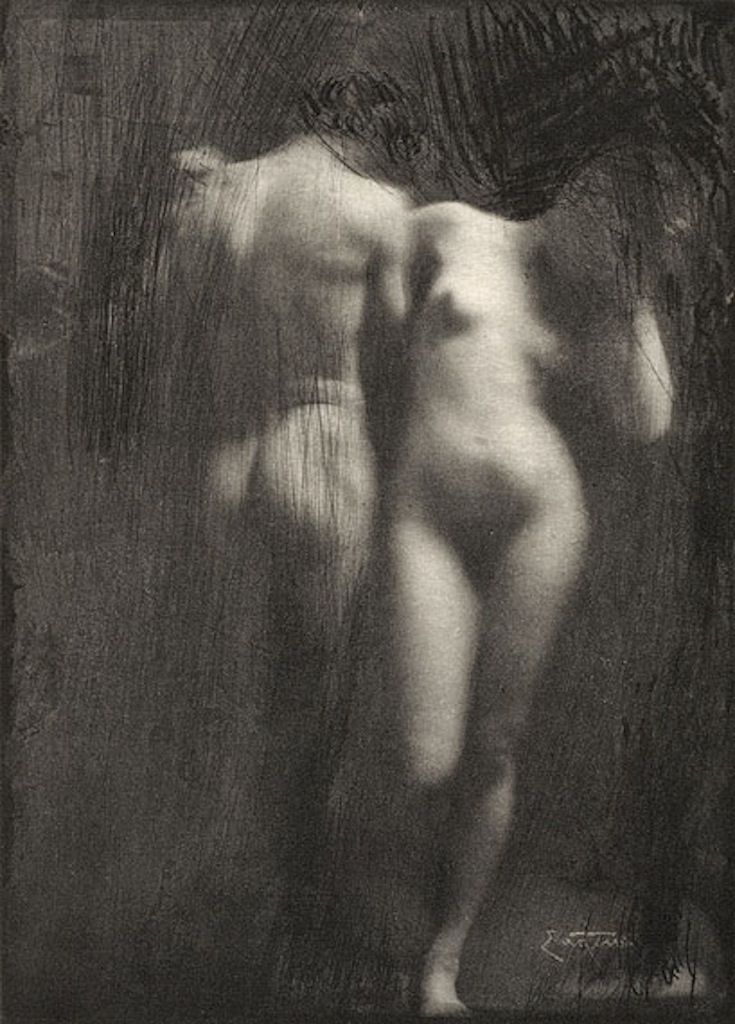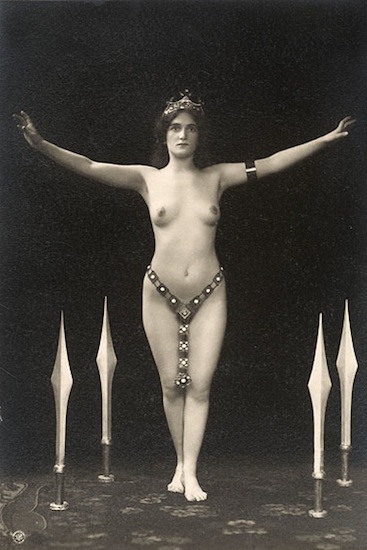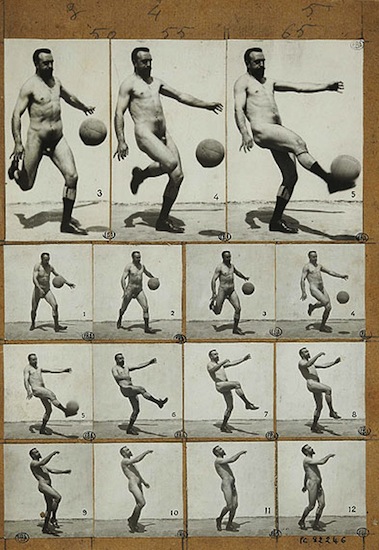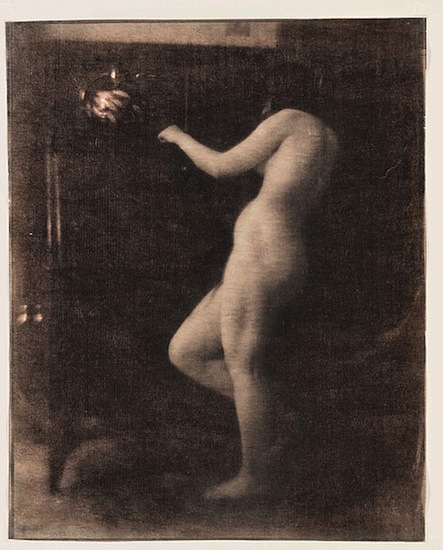
Frank Eugene (Smith) Adam and Eve 1898/99 (published in: Camera Work, 1910) © Kunstbibliothek, Staatliche Museen zu Berlin
Kunstbibliothek Sammlung Fotografie - Museum für Fotografie Kulturforum Potsdamer Platz Matthäikirchplatz 6, 10785 Berlin Allemagne
At the dawn of the last century, photographs of nudes could be found everywhere. The exhibition »The Naked Truth and More Besides« presents the astonishing diversity of photographic depictions of the disrobed human body that existed around this time. It was an age in which the foundations were laid for the development in the public domain of an extremely varied type of image, which, more than any other continues to inform the world in which we live today.

Otto Skowranek Olga Desmond – Sword Dance 1908 © Kunstbibliothek, Staatliche Museen zu Berlin
Most striking of all, the photographic nude appeared as a reproducible medium – on postcards, cigarette cards, posters, in magazines and in advertising, as inspiration for artists and an incentive for sportsmen, as instructional material, and as collector’s items. From the vast array of material, it is possible to identify several distinct groups that fall under such headings as: the mass produced, visual pleasures (arcadias, eroticism, and pornography), the body in the eye of science (ethnography, motion-study photography, medicine), the cult of the body (reform movements – especially in German-speaking countries – naturism, and staged nudes from the world of sport and variety shows), and, of course, the nude in the artistic context (art academies and the Pictorialist tradition of fine-art prints). The most important characteristic of the image of naked people during this time is the inseparability of nude photographic production and reproduction.

lbert Londe 15 Chronophotographs of Charcot son playing football ca. 1890 © École nationale supérieure des beaux-arts, Paris; Repro: Jean-Michel Lapeleri
The trade or exchange in nude photographs was widespread across the whole of Europe. This is reflected in the exhibition, which not only features many treasures and rare finds from the Kunstbibliothek’s own Collection of Photography, but also includes important loans from several European institutions, ranging from the Bibliothèque nationale de France to the Police Museum of Lower Saxony.
Catalogue
Nicolai is going to publish a book in conjunction with the exhibition, edited by Ludger Derenthal , Christine Kühn and Kristina Lowis, with essays by Jens Dobler, Angela Lammert, Kristina Lowis, Michael Ponstingl and Bernd Wedemeyer-Kolwe.

Heinrich Kühn Female nude ca. 1906 © Estate of the Artist / Galerie Kicken Berlin
